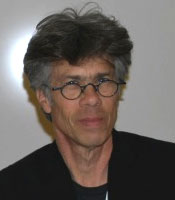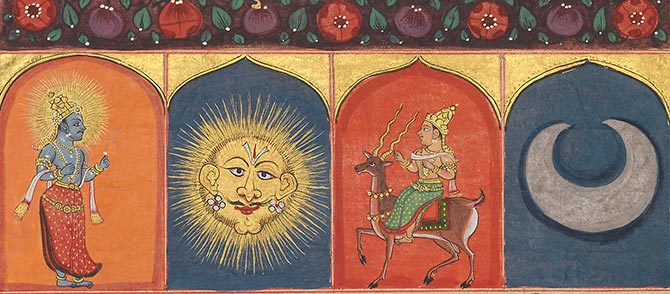Forms of Vishnu (detail). folio from the Jnaneshvari; India, Maharashtra, Nagpur, 1763 (Samvat 1685); Opaque watercolor and ink on paper, 37.7 x 25.4 cm (folio); Virginia Museum of Fine Arts, Richmond, Adolph D. and Wilkins C. Williams Fund, 91.9.244/628.
Yoga and Visual Culture: An Interdisciplinary Symposium
Bios
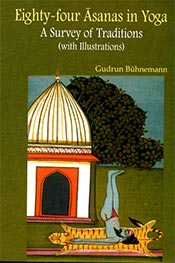
Gudrun Bühnemann is a professor of Sanskrit and South Asian studies in the Department of Languages and Cultures of Asia at the University of Wisconsin-Madison. Her recent work on yoga includes Eighty-four Āsanas in Yoga: A Survey of Traditions (with Illustrations) (D.K. Printworld, 2007; 2nd edition, 2011) and the article “The Śāradātilakatantra on Yoga: A New Edition and Translation of Chapter 25” (Bulletin of the School of Oriental and African Studies, 2011). Other recent publications include Maṇḍalas and Yantras in the Hindu Traditions (E.J. Brill, 2003, revised edition, D.K. Printworld, 2007) and The Life 7f the Buddha: Buddhist and Śaiva Iconography and Visual Narratives in Artists’ Sketchbooks from Nepal (Lumbini International Research Institute, 2012).
Patton Burchett is an assistant professor and faculty fellow in the Religious Studies Program at New York University. He received his doctorate in South Asian religions in 2012 from Columbia University’s Department of Religion. His work focuses primarily on early modern Hindu devotional (bhakti) and Tantric traditions in North India (the subject of his current book project). He also has a major research interest in the relationships between magic, science, and religion, and his next project will examine the interaction and development of these categories in modern India. His published work includes “The ‘Magical’ Language of Mantra,” (Journal of the American Academy of Religion, 2008), “Bhakti Rhetoric in the Hagiography of ‘Untouchable’ Saints: Discerning Bhakti’s Ambivalence on Caste and Brahminhood,”(International Journal of Hindu Studies, 2009), and “Bitten by the Snake: Early Modern Devotional Critiques of Tantra-Mantra,” (Journal of Hindu Studies, 2013).
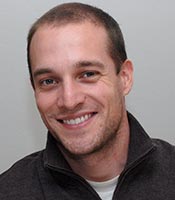
Hope Marie Childers received her PhD in South Asian art history from the University of California, Los Angeles, in 2011, with a primary research focus on Indian art during the colonial period. She is currently working on a book-length study of the visual culture of opium in British India. Dr. Childers is assistant professor of art history at the New York State College of Ceramics at Alfred University.
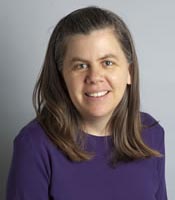
Rosemary Crill is a senior curator in the Asian Department at the Victoria & Albert Museum, London. She specializes in South Asian textiles and paintings, and has published and lectured widely on both subjects. Her publications include Marwar Painting: a history of the Jodhpur style (Mumbai, 1999), Chintz: Indian textiles for the West (London, 2008), The Indian Portrait 1560–1860 (London, 2010, with Kapil Jariwala) as well as many contributions to other volumes. She is currently preparing a major exhibition on Indian textiles to be held at the V&A in 2015.
Robert DeCaroli (PhD, University of California, Los Angeles, 1999) is associate professor in the Department of History and Art History at George Mason University, where he has served as director of the art history program since 2004. He teaches courses on the art history of South and Southeast Asia, and his research has focused primarily on early Buddhist art. The author of numerous book chapters and articles, his first book, Haunting the Buddha: Indian Popular Religions and the Formation of Buddhism, was published by Oxford University Press in 2004. He has been awarded research grants by institutions including the Asian Cultural Council and the Getty Research Institute. His next book project explores the emergence of figural imagery in the earliest Buddhist traditions of South Asia.
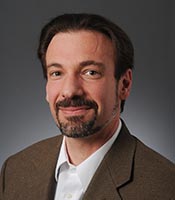
Robert J. Del Bontà (PhD, University of Michigan, 1978) has been loosely affiliated with the Asian Art Museum of San Francisco, where he has taught courses and curated many shows, since 1978. He has also curated elsewhere—including at the Berkeley Art Museum and the University of Michigan Museum of Art, Ann Arbor—and was a major contributor to catalogues at the Rubin Museum of Art, New York City, and the Art Gallery of South Australia, Adelaide. He has lectured and published articles and catalogues on a wide range of subjects: Hindu and Jaina sculpture and architecture; calendar art; Indian composite painting; Jaina, Hindu, Sikh, and Mughal painting; Mysore book illustration, nineteenth-century photography; and European prints pertaining to Europe’s outlook on India.
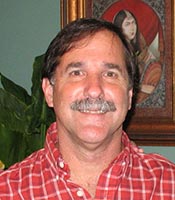
Carl W. Ernst is a specialist in Islamic studies, with a focus on West and South Asia. His published research (a dozen books and more than 50 articles), based on the study of Arabic, Persian, and Urdu, has focused on three areas: general and critical issues of Islamic studies, premodern and contemporary Sufism, and Indo-Muslim culture. He has received research fellowships from the Fulbright program, the National Endowment for the Humanities, and the John Simon Guggenheim Foundation, and he is a Fellow of the American Academy of Arts and Sciences. He studied comparative religion at Stanford University (BA, 1973) and Harvard University (PhD, 1981). He is now William R. Kenan, Jr., Distinguished Professor of Religious Studies at the University of North Carolina at Chapel Hill.
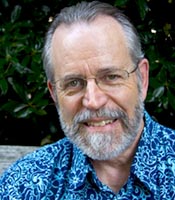
Pika Ghosh teaches South Asian art at the University of North Carolina at Chapel Hill. Her research focuses on the material culture of eastern India from the seventeenth century to the present, and from temple architecture and sculpture to painted handscrolls, household implements, and embroideries.
Shaman Hatley (Concordia University, Department of Religion) researches the literature, ritual, and social history of Esoteric or Tantric Śaivism in medieval India; yoga; and religion in premodern Bengal. He completed his PhD in religious studies at the University of Pennsylvania in 2007. Currently, he is preparing a monograph entitled Goddesses, Women, and Ritual: the Figure of the Yoginī in Early Medieval India, and a multivolume study and critical edition of the Brahmayāmalatantra, one of the earliest surviving works of Hindu Tantric literature focused upon goddesses.
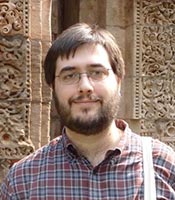
James Mallinson - The focus of James Mallinson’s indological research is yoga and yogis. His primary methods are philology, ethnography, and, recently, art history. His doctoral thesis, for which he was supervised at Oxford by Professor Alexis Sanderson, was a critical edition and translation of the Khecarīvidyā, a fourteenth-century Sanskrit text on khecarīmudrā, a key yogic technique. From 2002 to 2008 he was a principal translator for the Clay Sanskrit Library. He is currently affiliated with Oxford once again, where he is setting up a research project to edit and translate the six earliest Sanskrit texts on physical yoga. James has spent several years in India living with traditional ascetics and yogis.
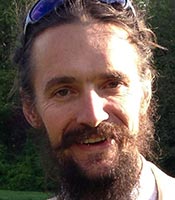
Michael W. Meister (BA, MA, PhD, Harvard) is W. Norman Brown Professor of South Asia Studies at the University of Pennsylvania. He is a specialist in the art of India and Pakistan. He has served as chair of the Departments of South Asia Studies (SASt) and History of Art and as director of Penn’s South Asia Center. He is also consulting curator, Asian section, University of Pennsylvania Museum of Archaeology and Anthropology; and faculty curator of the South Asia Art Archive within the Penn Library’s South Asia Image Collection. His research focuses on temple architecture, the morphology of meaning, and other aspects of the art of the Indian subcontinent. His current projects include “Mountain Temples and Temple-Mountains” for the Journal of the Society of Architectural Historians and a monograph growing out of his long-term “Salt Range Temples” project.
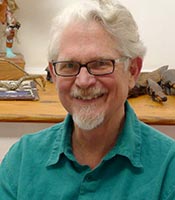
Sugata Ray (PhD, University of Minnesota) is assistant professor of South Asian art and architecture at the History of Art Department, University of California, Berkeley. Ray also holds an MPhil in history from the Center for Studies in Social Sciences, Calcutta, and an MA in art history from the M.S. University, Baroda. His research and publications focus on the visual culture of religions in early modern and colonial South Asia, non-European art histories and museum practices, and the global histories of neoclassical architecture. Ray has held fellowships from the American Institute of Indian Studies, the Social Science Research Council, the Doris Duke Foundation for Islamic Art, and, more recently, the Forum Transregionale Studien, Wissenschaftskolleg zu Berlin.
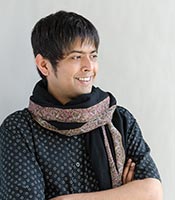
Tamara I. Sears is an assistant professor of the history of art at Yale University. Her publications have appeared in edited volumes and journals, including the Art Bulletin, Archives of Asian Art, and South Asian Studies, and her first book, Worldly Gurus and Spiritual Kings: Architecture and Asceticism in Medieval India is forthcoming in spring 2014 from Yale University Press. A recipient of J. Paul Getty, Fulbright, and Fulbright Hays fellowships, she is currently working on a new book project that looks at temple towns in Central India through the rubrics of mobility, river routes, and wilderness urbanisms, and at architecture and architectural knowledge as archives for mapping mobility, cultural authority, and the spread of religious practice and courtly culture around the turn of the first millennium.
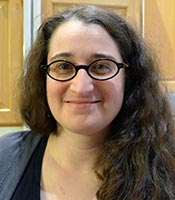
Mark Singleton earned his PhD in divinity from the University of Cambridge. His research interests include South Asian religion, the intersection of religion and politics, and New Religious Movements, particularly those inspired by Asian practices. He has published extensively on modern, transnational yoga, including Yoga in the Modern World, Contemporary Perspectives (ed. with Jean Byrne, Routledge, 2008); Yoga Body, the Origins of Modern Posture Practice (OUP, 2010); and Gurus of Modern Yoga (ed. OUP, forthcoming). He is currently collaborating with James Mallinson on a compendium of translated texts from the Sanskrit yoga traditions, entitled Roots of Yoga. He teaches at St. John’s College, Santa Fe, New Mexico.
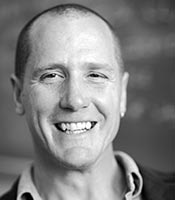
David Gordon White - Over the past two decades, David Gordon White has written three books (The Alchemical Body; Kiss of the Yogini; and Sinister Yogis, all with the University of Chicago Press) and edited two volumes (Tantra in Practice and Yoga in Practice, both with Princeton University Press) that have reoriented the fields of yoga, Tantra, Indian alchemy, and the history of medieval South Asian religions. A new book, on the reception history of the Yoga Sutras, will be published by Princeton in 2013.
